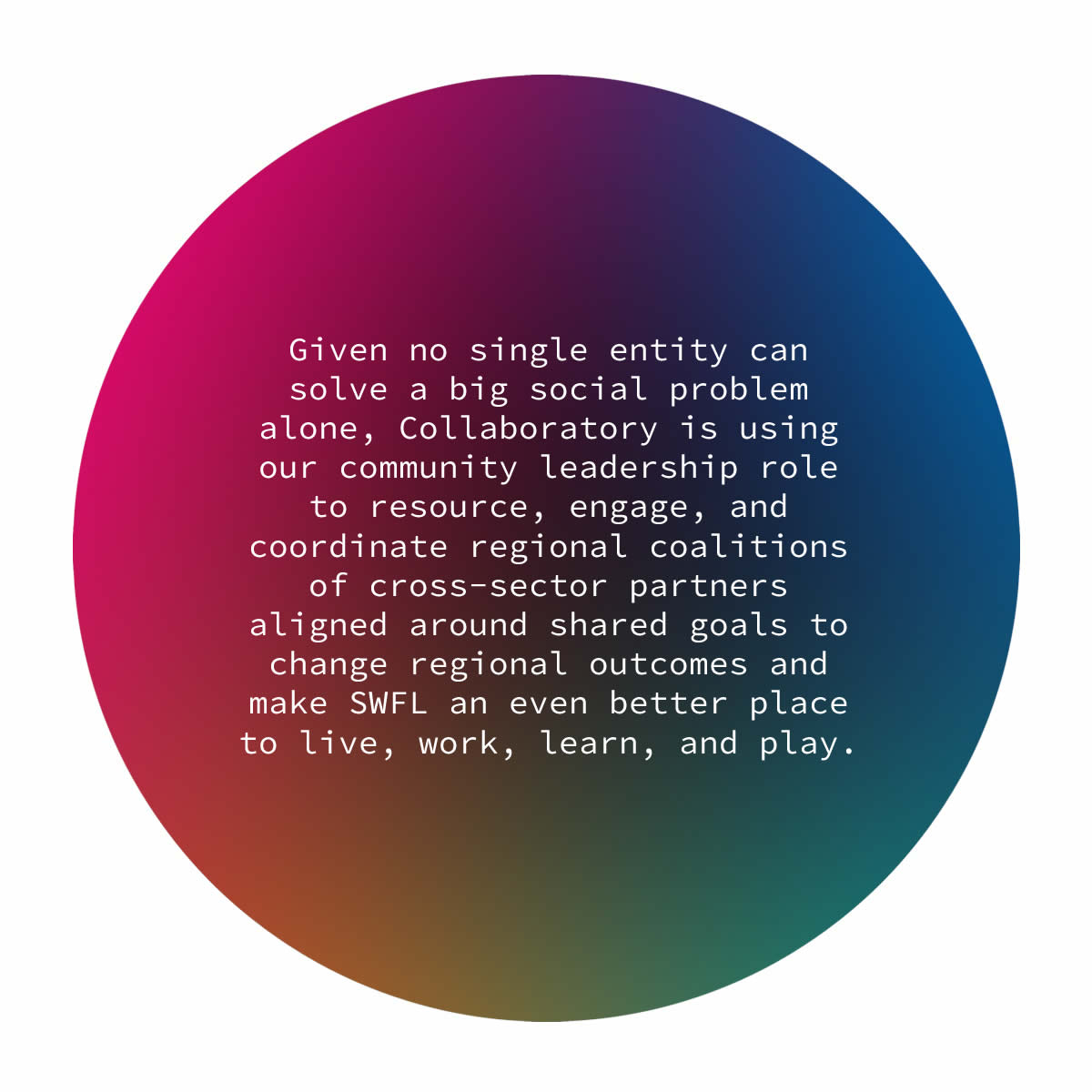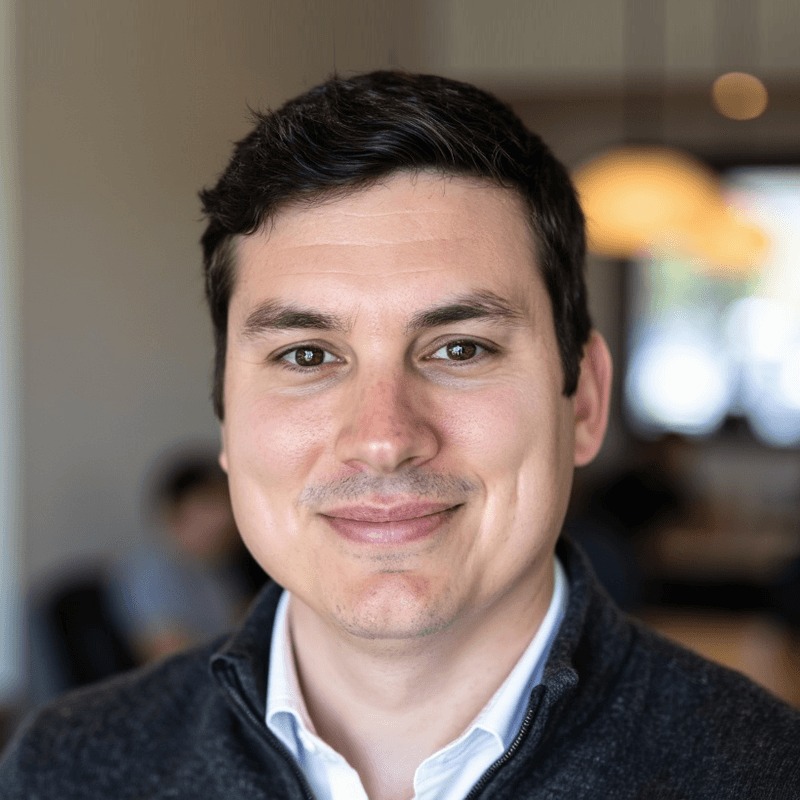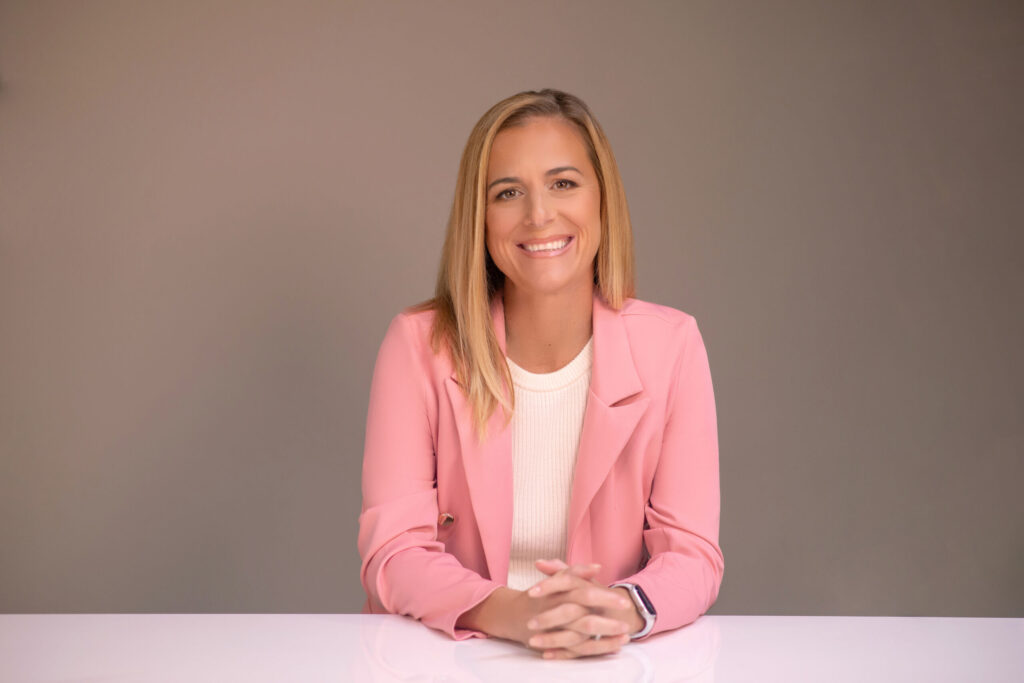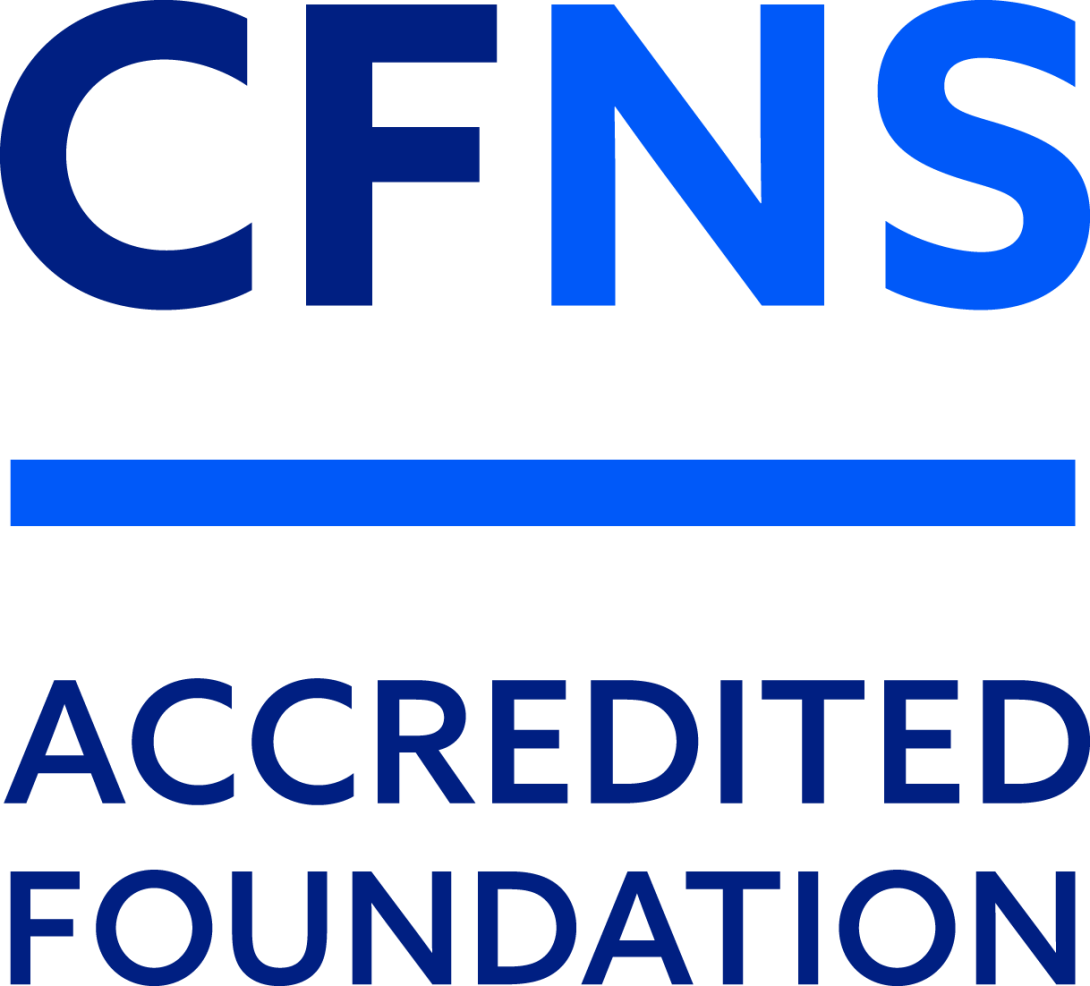Since no single organization can solve big social problems alone, Collaboratory is using its community leadership role to bring together local organizations and people from different sectors (like businesses, nonprofits, and government) to work on common goals. This collaboration aims to improve Southwest Florida and make it a better place to live, work, learn, and play.
The impact dashboard shows key regional goals that everyone is working toward, with the aim of solving social issues by 2040. It provides a point-in-time snapshot of progress by tracking important indicators that show how the community is changing over time. While these changes take time and there is often a delay between when the data is collected and becomes available, the dashboard helps us understand where we need to focus our efforts to achieve our shared goals.
In 2022, in concert with hundreds of individuals and organizations, we collectively identified the issues of housing and health as the next most-pressing areas of need. Based on that data, we’ve modeled FutureMakers Coalition, our nine-year initiative, to establish two new regional coalitions: Home and Health & Wellness.
If you would like to dive deeper into each of the coalitions, visit each coalition website.


















